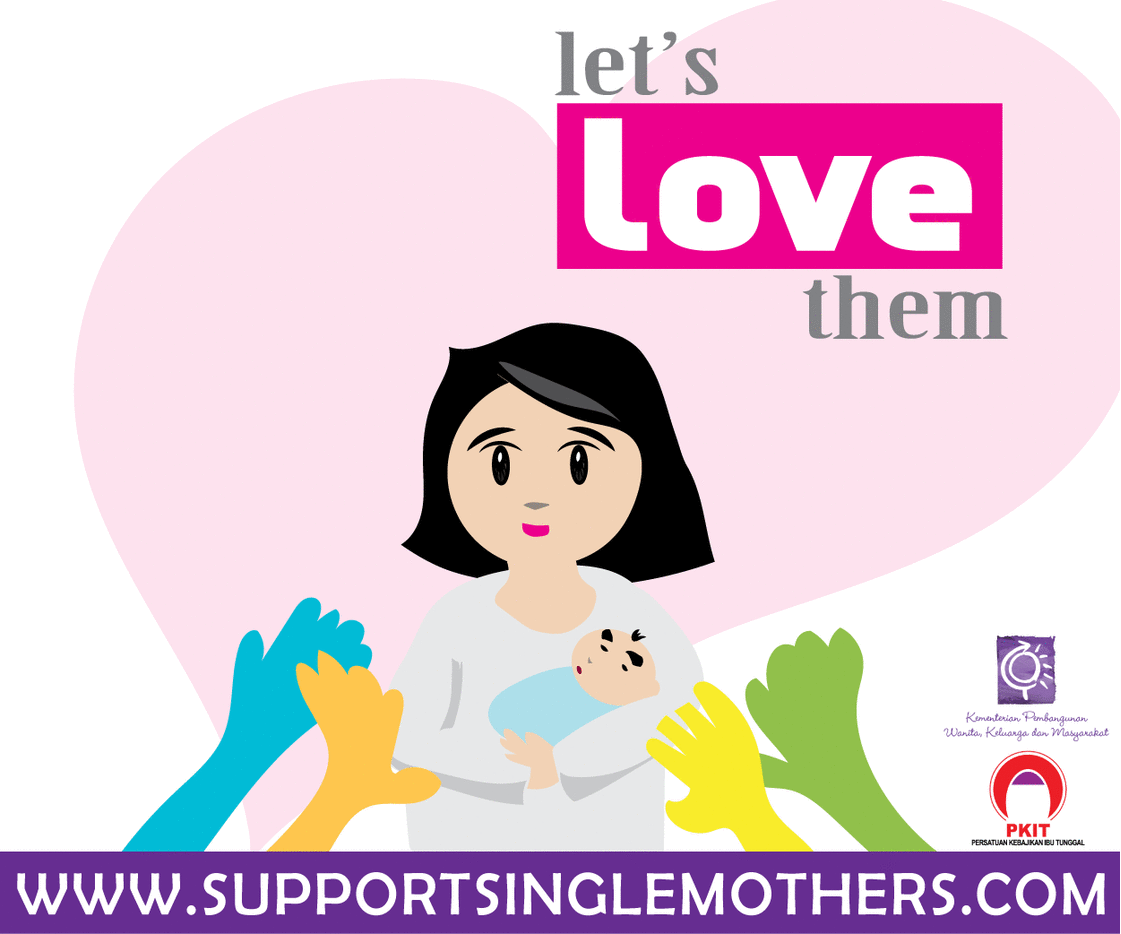The Deaf Body in Public Space
- KPV KPV

- Jul 29, 2017
- 4 min read

“It’s rude to point,” my friend told me from across the elementary-school cafeteria table. I grasped her words as I read them off her lips. She stared at my index finger, which I held raised in midair, gesturing toward a mutual classmate. “My mom said so.”
I was 6 or 7 years old, but I remember stopping with a jolt. Something inside me froze, too, went suddenly cold.
“I’m signing,” I said out loud. “That’s not rude.”
As the only deaf student in my elementary school, I had already stumbled across the challenges of straddling two languages and two modes of communication. My family was hearing, but they still empowered me by using both English and sign language at home.
A sign language interpreter accompanied me throughout the day at school, and my teachers created a welcoming environment for me to learn, but finding a place to belong with kids my own age often felt more difficult. I tried to speak to them, and occasionally they reciprocated the effort by learning some basic signs. But usually I felt separate.
I went home that day and asked my mother about what my friend had said. “Don’t worry,” my mother said, “she doesn’t know the social rules are different with signing. You aren’t being rude.” With that, matter-of-fact as always, she brought the conversation to an end. But I still felt a lingering self-consciousness, entirely novel and difficult to shake.
This was perhaps the first time I realized that other people could see me as obtrusive, as taking up too much space, when I was simply communicating just as I was.
When I reflect on this memory two decades later, I recognize how my childhood friend, whom at the time I had found to be so accusatory, had really gaped at me with a sort of wonder. My signing challenged the rules of social conduct she’d absorbed from adults, and to her I must have seemed ignorant or radically rebellious, or perhaps both. But pointing was a truly fundamental act for me; it was how I expressed what my grown-up scholarly self would call relationality — the idea of being in the world in relation to others. Through sign language, a properly poised finger allowed me to say you and me and he and she and they. If I did not point, how could I make a human connection?
Many years later, when I was in graduate school, another conversation with a friend made an impression on me. We were in a cafe having lunch; she was one of those rare friends who had started learning sign language solely to communicate with me. That day over lunch we forfeited spoken English, which we typically used to talk with each other, and practiced conversing with our hands and our facial expressions. I felt a touch of exhilaration; she was putting aside her conventional, ingrained hearingness and coming to meet me in my visual world.
But after a few minutes, my usually bold, un-self-conscious friend stopped. She chuckled and shrugged a little, and said, “I feel like everyone here is looking at us.”
I glanced around the small cafe, at all the hearing people sitting at their tables. Indeed, some had craned their necks to look at our movements, but this was behavior I’d long ago ceased to notice. “Yeah,” I signed back, bluntly. “That often happens.”
My friend smiled. A moment later, we started conversing again, and I think then she understood: This is what it can be like to occupy a signing body.
To use sign language, to embrace it in non-signing public spaces, one must sometimes push against ideas of having committed a gross indiscretion. These notions, I confess, haunted my relationship with my body for years after my childhood friend told me not to point. How obvious signing was, how indiscreet in the “conventional” sense: what I was pointing at, my lively facial expressions, my sense of physical restraint! I was already shy as a child, reluctant to put myself on display. So for a while I felt embarrassed, but then learned not to be. This happened out of necessity, out of self-acceptance and, frankly, joy in my own signing body, but for other nonnative signers it happens out of choice. As several other hearing friends have told me since, when they sign with me in public they feel rather conspicuous. “Should I do this?” they ask me. “Is it too much?”
Too much: To me these words succinctly articulate the taboos that can linger about bodily expressiveness. Hearing culture presents us with ideals of speaking with good elocution, restraint and self-control. Now, I admit, I see these ideals as visually impoverished, inaccessible and uninteresting: They produce spaces full of immobile talking heads, disembodied sound and visual inattentiveness. Those qualities become the optical equivalent of speaking in a monotone. As much as I also enjoy spoken words, allowing my body to speak for itself feels, simply, more real. Even if that means signing is sometimes read as a visual spectacle.
My hearing friends, who have often never had to cope with being looked at, can struggle the most with this sense of spectacle. When they learn to sign with me —
and there are still too few who really learn —
they must overcome these cultural taboos about excessive movement, pointing and gesture. Over the years, I have kept a mental list of the comments they make at the beginning stages.
“I don’t know what to do with my hands. It’s like I’ve just discovered I have them.”
“Are you sure it’s O.K. to point? At him?”
“I am trying to be more expressive. My face just feels like it can’t.”
“That feels weird.”
Source: Rachel Kolb

























Comments